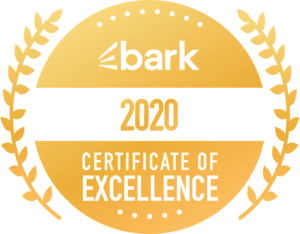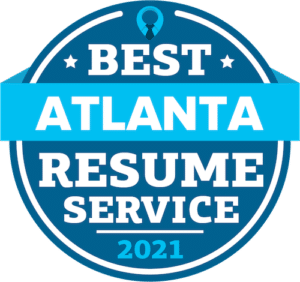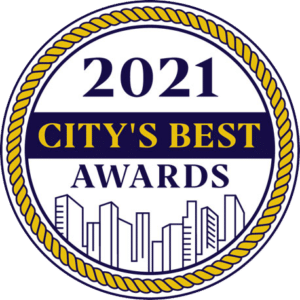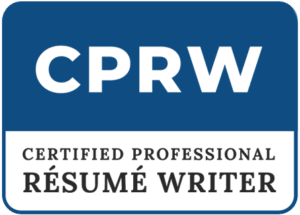So you came across a job opportunity in the US that seems like the perfect fit for you and you want to make sure you send out the perfect application. It’s only natural to wonder if your resume is in the right shape to impress the recruiters. After all, you really want that job.
The first thing you should know is that, unlike other countries, there is a difference between a resume and a CV in the US. A CV is longer, more detailed and, usually, more used for academic purposes. Whereas a resume is your regular concept of a CV, a one to two pages long summary of your academic and professional background, as well as your personal skills.
That being said, this article gathered a few tips and guidelines on how to build a good US resume so you can review yours and update it, if necessary, to make it ready to go and get that job you want. Let’s dive into it:
US Resume – Format
The first thing you will want to check is if the format of your resume fits the American standards. Here are some of them:
Font:
Remember to use a clean, readable font and to avoid shadowing, colors besides black and navy-blue and exclamation points. Your resume should be very professional.
Length:
In the US, resumes are, usually, one to two pages long. So pay attention when formatting your resume, to make it brief and direct, so it doesn’t get too much longer or too much shorter than that. Besides, recruiters, most of the time, have hundreds of resumes to assess and, when you organize your information clearly and briefly, it makes it easier for them to read it.
Order:
The most popular format to describe your professional and academic experiences in your US resume is in reverse-chronological order. That means you start with your most recent experience and make your way back in time to your first one.
Header:
You should include a header at the top of your resume with your contact information. That helps recruiters easily spot how to get in touch with you, if necessary. Your contact information should include: your name, phone number (if it is a US phone number) and email. And, if you have a portfolio or a LinkedIn profile, you can add that on your header too.
Profile:
It’s time to introduce yourself, bringing up some relevant information about you and why you are applying to the position. You can use this summary statement to focus on your job experience and career goals. But remember: your profile must be short and shouldn’t be longer than 5 sentences.
Information
Work Experience:
This is, possibly, the most important part of your American resume. This is when you describe, in reverse-chronological order, all of your relevant work experience. This section should include the name of the company you worked for, where it is located, the start and the finish date from the period you worked there, the title of your position and the job description as well as a list of your primary responsibilities on the role. For that last part, you should use bullet points to better organize the section and for readability reasons. And a nice tip is to research and then use resume keywords to raise your chances of getting past the recruitment softwares used by employers.
Education:
The education and academic background section works pretty much like the work experience one. Only it starts with your highest degree to minor courses. You should mention your degree, school name, its location and the start and ending date.
A couple of pointers: you can skip listing high school or adding any sort of GPA grades.
Skills:
Take a look at the skills the job asks for and be sure to list them on your resume. There are, mainly, two types of skills: hard skills and soft skills. The first one is any job-related knowledge and abilities you might have, such as Microsoft Excel, Adobe Photoshop and other softwares. As for soft skills, they include your personal traits that are not industry-specific but say a lot about you and your capability of performing well on a work basis, like communication skills, problem-solving skills, leadership, etc.
Nice to Have
While the information mentioned so far is, usually, covers the resume general formatting, it’s nice to also have two things that can give your application a boost:
Additional Sections:
It’s nice to have a section dedicated to listing any extra interests or accomplishments you might have that might catch the recruiter’s attention and make you stand out.
This information can include certificates, foreign languages, awards and publications, volunteering, etc.
Cover Letter:
While it is not mandatory to attach a cover letter, a lot of places do ask for one or would really appreciate one. A cover letter is a document that you write where recruiters can get to know more about you and your story.
As a tip for writing your cover letter: it’s nice to remember that you should include any experience that has helped you develop into the candidate you are right now (always aligned with the company’s values), you should show some personality but keep it professional at the same time, and that you are telling a story, so organize your story in your head before you write it down. Here is a tip: a good story usually starts with context, it develops and, then, it comes to a conclusion.
What Not to Include
Now that you are up to date with all of the US resume’s best practices, it’s also a good idea to note what you should not do. It’s important to pay attention to this part because having unnecessary information on your resume can make it hard for the recruiter to tell the most important information about you and, in a worst case scenario, it can end up making you look bad.
Personal information:
Avoid sharing personal information like the ones listed below:
- Date of birth or age
- Marital status
- Children
- Sex
- Parents’ names
- Personal identification numbers
- Photo
- Religion
- Ethnicity
Authorization to Work in the US:
It’s illegal for hiring managers to ask for proof of your eligibility to work in the US until after giving you a job offer. So avoid further trouble and leave that out of your resume.
Address or Phone Number:
Leave your address and phone number off of your resume. Especially if you do not reside in the US. It’s not useful for the recruiter nor for your application.
References and Endorsements:
Mentioning references and including comments and endorsements on your resume is not practice in the US, so you can leave that out too.
Feeling ready for that application now? Then get that resume in shape and send it away! Good luck!




